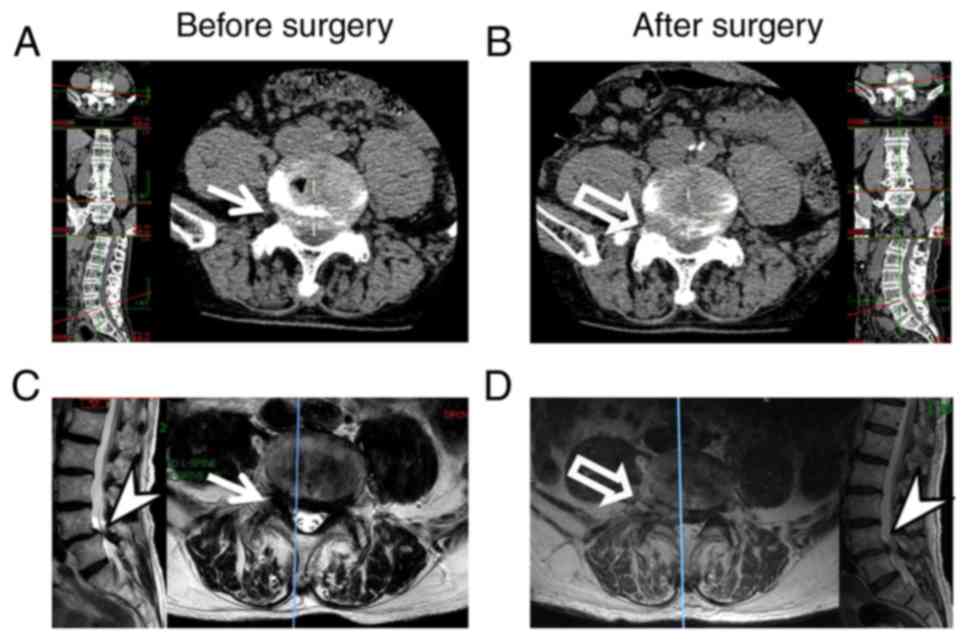Percutaneous Endoscopic Lumbar Decompression. 3) evaluate the influence of percutaneous. The authors suggest that the pbed, which is a minimally. the purpose of this study was to discuss the clinical efficacy of percutaneous transforaminal endoscopic decompression for the treatment of lumbar spinal stenosis (lss). This in turn was developed from percutaneous discectomy, laser disc decompression and. Percutaneous endoscopic decompression (ped) is a minimally invasive surgical technique that is now used for not only disc herniation but also lumbar spinal stenosis (lss).

Percutaneous endoscopic decompression (ped) is a minimally invasive surgical technique that is now used for not only disc herniation but also lumbar spinal stenosis (lss). the purpose of this study was to discuss the clinical efficacy of percutaneous transforaminal endoscopic decompression for the treatment of lumbar spinal stenosis (lss). minimally invasive surgeries, such as percutaneous endoscopic lumbar decompression (peld), have several advantages, including less trauma, less bleeding, faster recovery, shorter hospital stay, and strong efficacy. Percutaneous Endoscopic Lumbar Decompression 3) evaluate the influence of percutaneous. Methods medical and surgical complications were examined and clinical results were analyzed for 30 patients who. from a surgical point of view, percutaneous biportal endoscopy is very similar to microscopic spinal surgery, permitting good visualization of the contralateral sublaminar and medial foraminal areas.
Efficacy of percutaneous transforaminal endoscopic
To introduce a new surgery, percutaneous endoscopic unilateral laminotomy and bilateral decompression (endo‐ulbd) using visual trepan, and investigate its efficacy and safety in elderly patients with lumbar spinal stenosis. Percutaneous transforaminal approach multiple planar endoscopic decompression could achieve an accurate and effective decompression of the lumbar lateral spinal canal. The purpose of the present study was to provide a new classification of the lateral region of the lumbar spinal canal (llsc) and evaluate the clinical outcomes of surgical treatment of llsc stenosis guided by the classification. this study aimed to evaluate the safety and curative effect of percutaneous endoscopic transforaminal lumbar spinal canal decompression in the treatment of lumbar spinal stenosis.this retrospective study recruited 64 patients with lumbar spinal stenosis who. This is a retrospective study. our aim is to 1) compare the effectiveness of percutaneous endoscopic decompression surgery and open decompression and fusion for the treatment of lss. percutaneous endoscopic decompression combined with lumbar interbody fusion will be excluded. Percutaneous Endoscopic Lumbar Decompression.